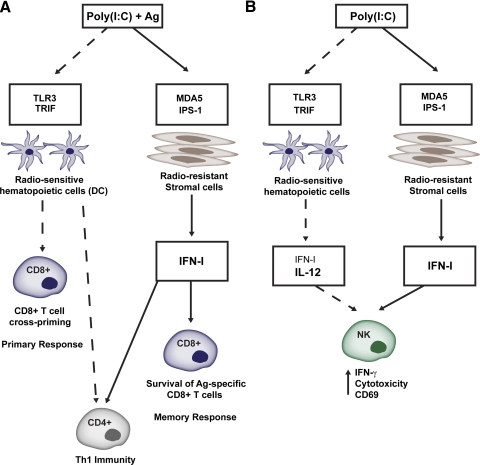Figure 2. Poly(I:C) promotes T cell responses and NK cell activation through TLR3 and MDA5 signaling.
(A) TLR3 and MDA5 impact CD8+ and CD4+ T cell responses. Poly(I:C)-mediated stimulation of TLR3 is required in hematopoietic cells to promote cross-priming of antigen-specific CD8+ T cells, i.e., primary responses, whereas poly(I:C)-mediated stimulation of MDA5 is required in stromal cells to induce a systemic rise in IFN-I secretion that promotes the survival of antigen-primed CD8+ T cells and the establishment of CD8+ T cell memory. IFN-I, from hematopoietic and stromal cells, is necessary for the adjuvant function of poly(I:C) to induce effective CD4+ Th1 immunity. (B) Roles of TLR3 and MDA5 in poly(I:C)-mediated NK cell activation. TLR3 contributes to NK cell activation by promoting IFN-I and IL-12 release by hematopoietic cells, whereas MDA5 activates NK cells indirectly, by promoting stromal cell release of IFN-I.

